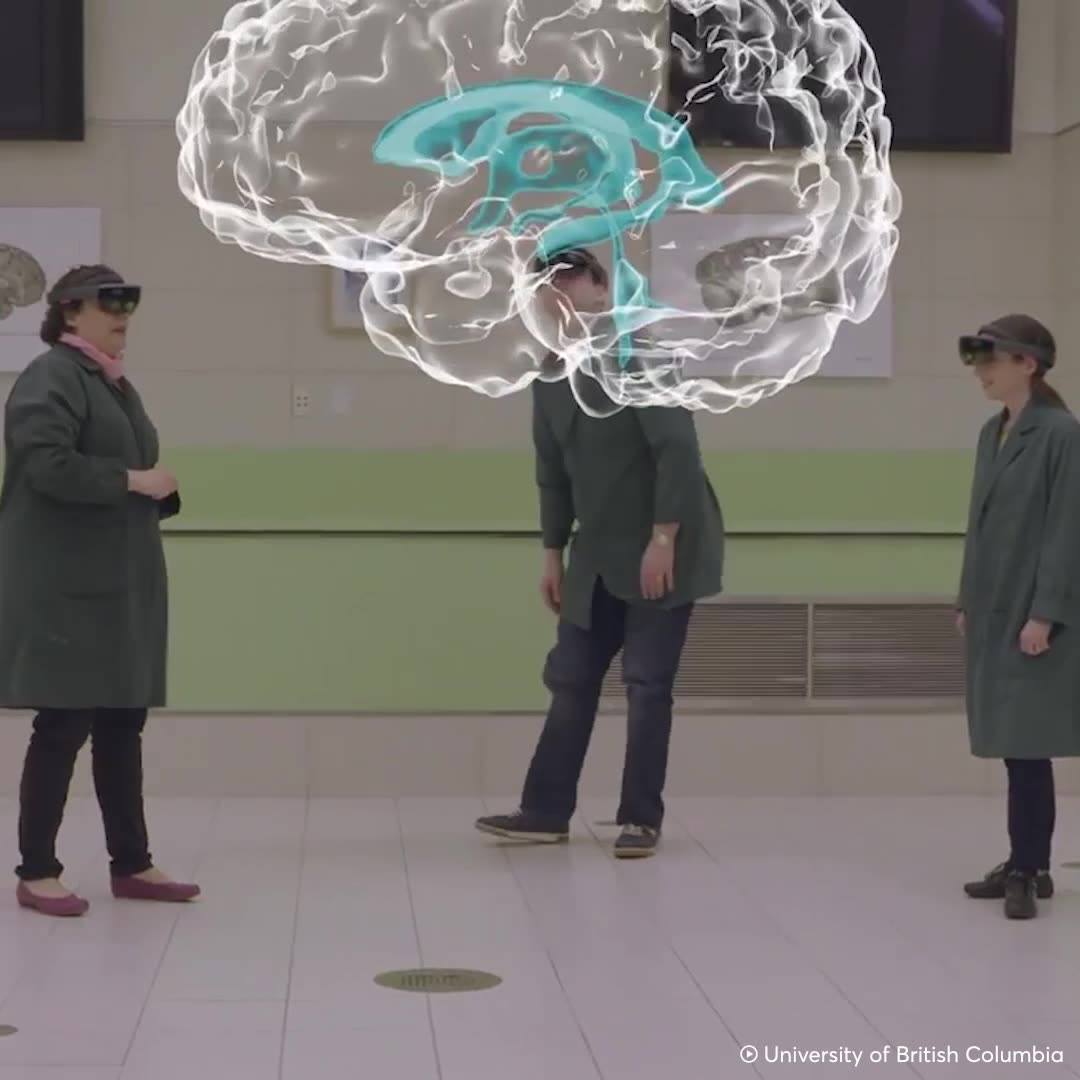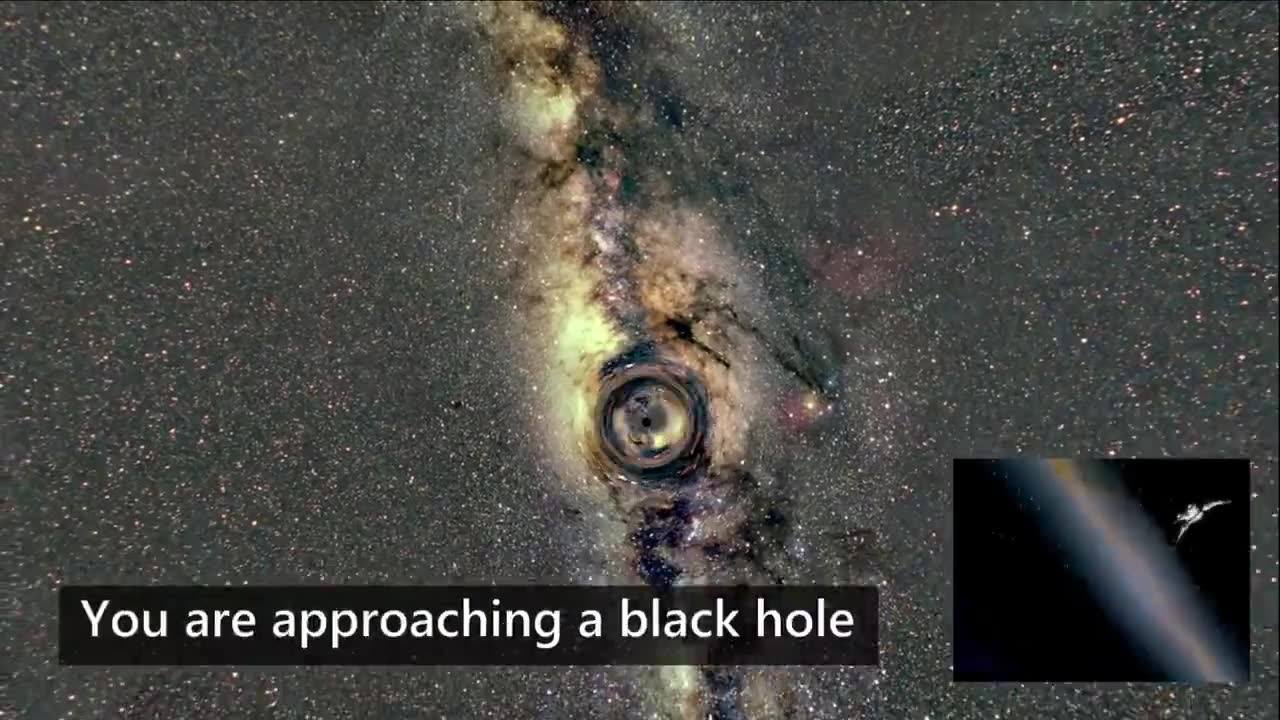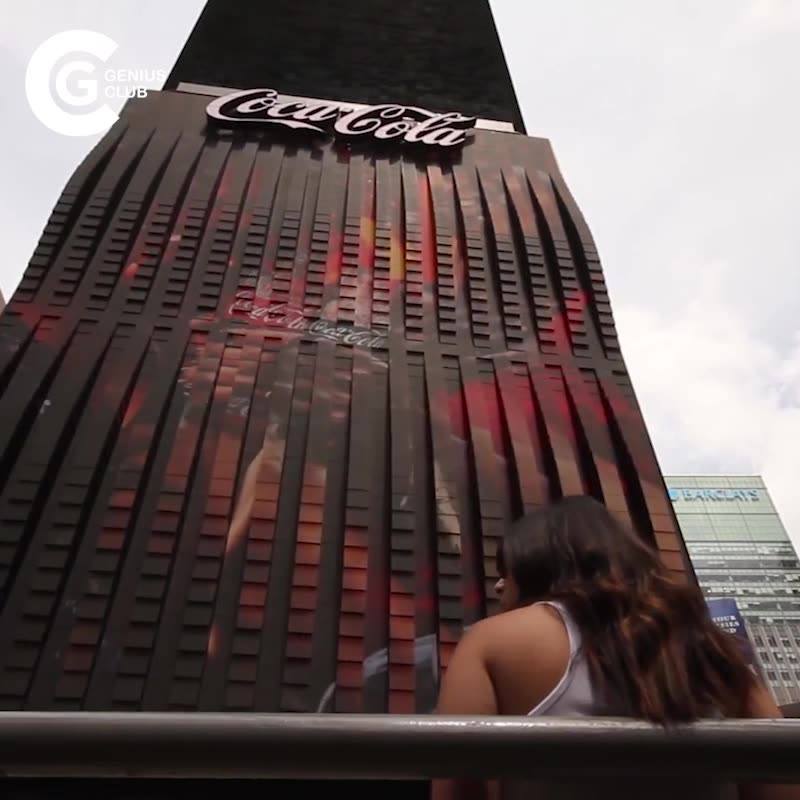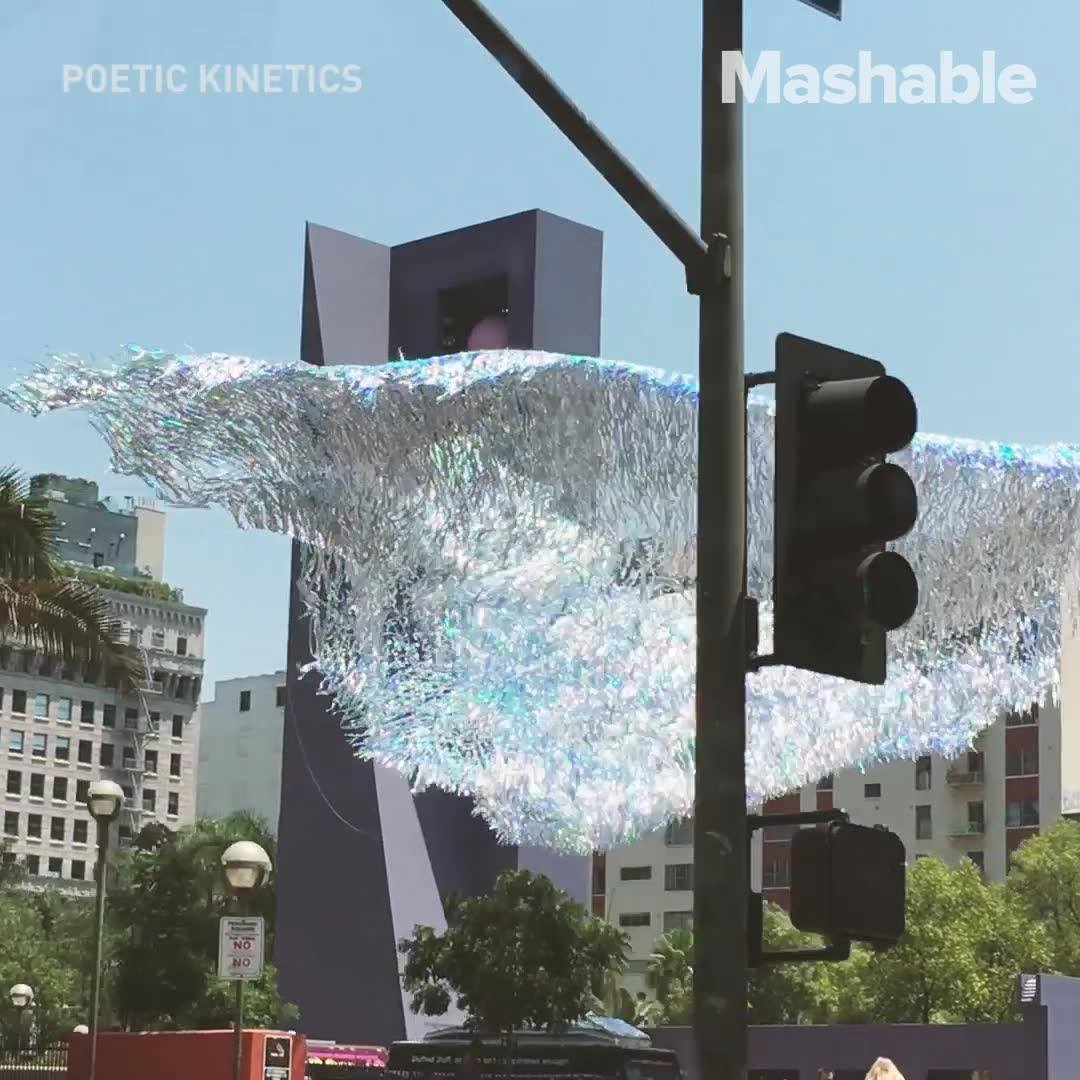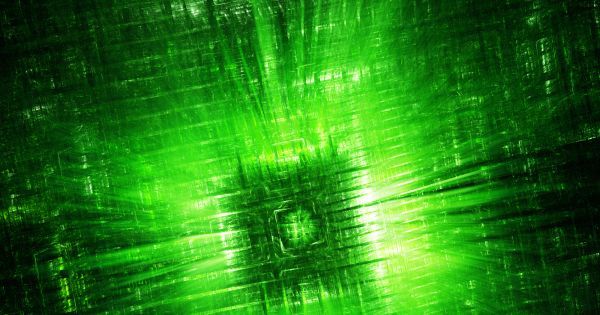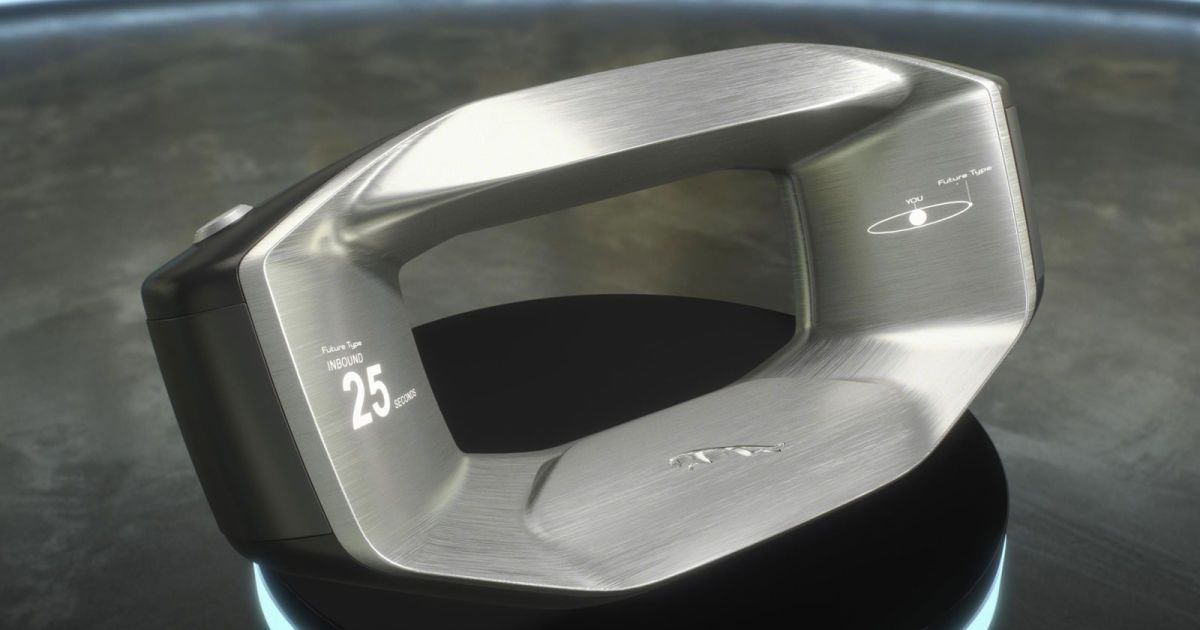Page 10124
Sep 7, 2017
Neuroscientists are now using holograms to study the brain
Posted by Shailesh Prasad in categories: holograms, neuroscience
Sep 7, 2017
What would happen if you fell into a black hole
Posted by Shailesh Prasad in category: cosmology
Sep 7, 2017
This earpiece will allow you to understand new languages
Posted by Shailesh Prasad in categories: futurism, information science
Sep 7, 2017
A design studio creates giant kinetic sculptures that form waves in the sky, via Mashable
Posted by Shailesh Prasad in category: materials
Sep 7, 2017
Your Saliva Contains a Molecule That Heals Wounds
Posted by Shailesh Prasad in category: biotech/medical
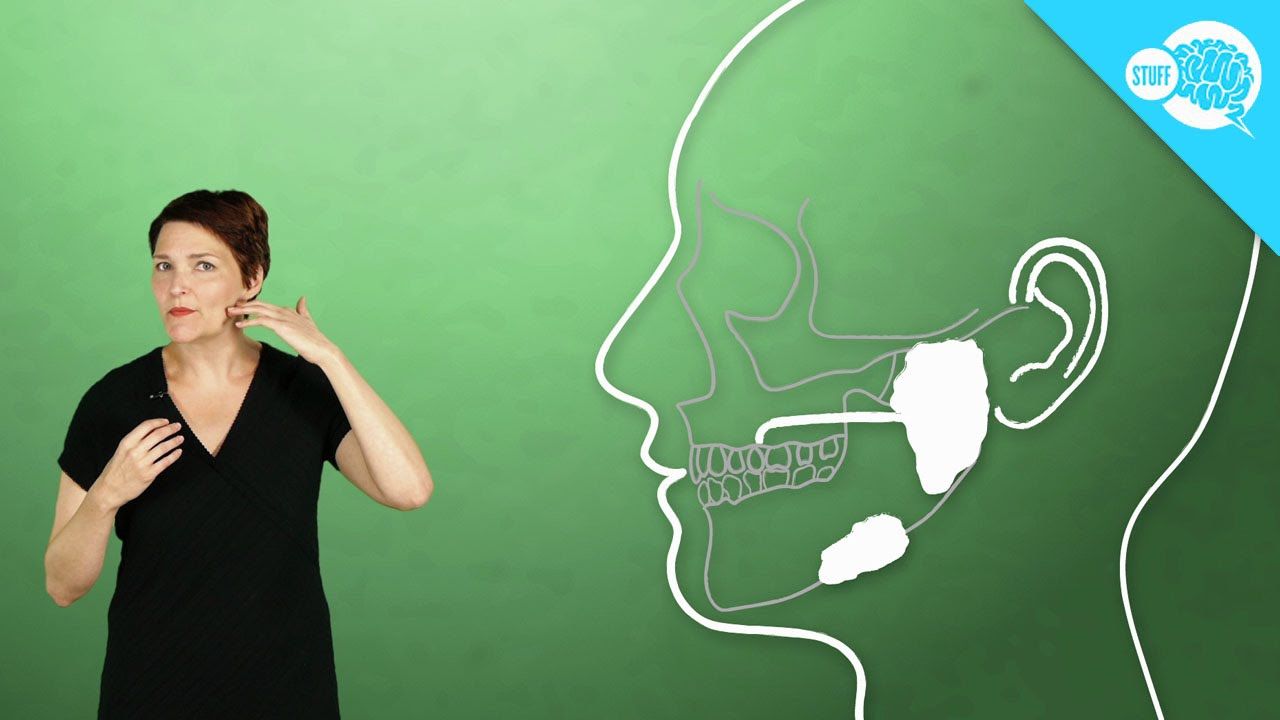
Why is it that a cut on your finger seems to last for days, but a cut in your mouth is usually healed by morning? There are a lot of factors at play, but 2017 research found one intriguing answer that could benefit more than just your mouth: there’s a molecule in your saliva that can help grow new cells.
Scientists already knew that saliva contains a peptide called histatin-1 that fights off bacteria and aids in wound healing. For a 2017 study published in the FASEB Journal, Chilean researchers set out to discover exactly how the little molecule helped heal wounds. In a series of experiments, they added histatin-1 to chicken embryo cells and several types of human blood-vessel cells, and watched what happened.
Continue reading “Your Saliva Contains a Molecule That Heals Wounds” »
Sep 7, 2017
High-Dimensional Quantum Encryption Performed in Real-World City Conditions for First Time
Posted by Shailesh Prasad in categories: encryption, quantum physics, satellites
For the first time, researchers have sent a quantum-secured message containing more than one bit of information per photon through the air above a city. The demonstration showed that it could one day be practical to use high-capacity, free-space quantum communication to create a highly secure link between ground-based networks and satellites, a requirement for creating a global quantum encryption network.
Quantum encryption uses photons to encode information in the form of quantum bits. In its simplest form, known as 2D encryption, each photon encodes one bit: either a one or a zero. Scientists have shown that a single photon can encode even more information—a concept known as high-dimensional quantum encryption—but until now this has never been demonstrated with free-space optical communication in real-world conditions. With eight bits necessary to encode just one letter, for example, packing more information into each photon would significantly speed up data transmission.
“Our work is the first to send messages in a secure manner using high-dimensional quantum encryption in realistic city conditions, including turbulence,” said research team lead, Ebrahim Karimi, University of Ottawa, Canada. “The secure, free-space communication scheme we demonstrated could potentially link Earth with satellites, securely connect places where it is too expensive to install fiber, or be used for encrypted communication with a moving object, such as an airplane.”
Sep 7, 2017
Jaguar’s steering wheel of the future revolves around AI
Posted by Shailesh Prasad in categories: robotics/AI, transportation
The steering wheel as we know it doesn’t have a bright future — in fact, it might disappear altogether as self-driving cars hit the road. Jaguar Land Rover, however, has an idea as to how it might survive. The British automaker has unveiled a concept steering wheel, Sayer, that’s designed for an era where cars normally drive themselves and personal ownership is a thing of the past. The wheel would have its own AI system, and would follow you from car to car — you’d just hook it in to bring your experience with you.
The AI would largely serve as a concierge. It would link you to an on-demand service club, whether or not you own your car, and would help you get a ride when and where you need it. If there’s a must-attend meeting, for example, you could tell the wheel while it’s still in your living room and it would figure out when a car needs to arrive and tell you when you might want to take control.
Sayer (named after influential designer Malcolm Sayer) will be a core feature on an upcoming concept car, the Future-Type.
Continue reading “Jaguar’s steering wheel of the future revolves around AI” »
The tiny Netherlands has become an agricultural powerhouse—the second largest global exporter of food by dollar value after the U.S.—with only a fraction of the land available to other countries. How has it achieved this? By using the world’s most efficient agricultural technologies.
Harvesting.

